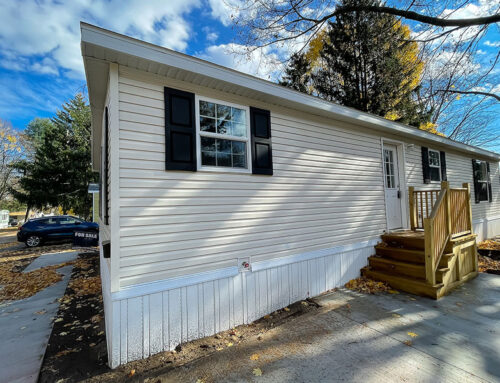Stereotypes are like old habits: they die hard. Then, it didn’t come as a surprise that my old man was up in arms during a recent family gathering when my niece mentioned that she was moving to Harlem. It took a lot of explaining from the Millennials at the table to make Pops understand that Harlem isn’t what it used to be.
As it turns out, many of my niece’s friends had already made a move north of Central Park and were loving their new community. It got me thinking: If these twenty and thirty-somethings were making the move to Harlem, are other Manhattanites too? Should I seriously consider investing in the Harlem real estate market in the year ahead? That’s when I did a little digging, and here’s what I found.
Reasons to Invest in the Harlem Real Estate Market
Since its meteoric takeoff a decade ago, the market has calmed down, but Harlem remains Manhattan’s most undervalued neighborhood. The Harlem real estate market started seriously heating up at the beginning of 2020, but then the pandemic happened, and prices have mostly plateaued since then. Harlem is currently a buyer’s market, which means a larger supply of available homes than the demand to buy them. While that may make things trickier when it comes time to sell your investment property, it also means you can buy distressed homes for much cheaper and with less competition.
Overall, both Harlem and the greater Manhattan area are bouncing back from the pandemic, with more residents moving in to make up for those who fled to the suburbs in 2020. In addition, middle-class retail staples such as Whole Foods have popped up in Harlem, making it a more attractive neighborhood for those looking to escape Manhattan’s crazy housing prices. That’s why I think the Harlem real estate market remains poised for growth in the upcoming year. Here’s how I see it:
-
➔ Rental Income Potential
When I look at the stats, I see long-term potential for rental income in Harlem. Harlem’s rent prices have mainly remained steady, unlike some other Manhattan neighborhoods. But that is set to change. You may have already noticed some of the ‘mom and pop’ grocery stores shuttered as trendy brands like Trader Joe’s and Fairway move in.
The most significant changes coming will be near Lexington and 125th Street, where recent rezoning will allow new housing developments, and the train station is getting revamped. Both will inevitably drive up rental prices, and since it’s a buyer’s market and distressed homes are cheaply and plentily available, Harlem is the place to look for properties to buy and hold—before you’re priced out.
-
➔Job Growth Spurs Housing Demand
Let’s face it, commuting is a drag for New Yorkers. But soon, residents in Harlem may not have to, because new jobs are coming to the neighborhood. Developers are building 1.7 million feet of retail, office, and commercial units in East Harlem, and that will be complemented by the 30,000-square-feet East Harlem Media Entertainment and Culture Center. Thanks to rezoning, new construction can rise much higher than in the past, so we can expect the concentration of workplaces to continue to rise as well. More jobs mean more demand for housing, and you can be the one to fill that need.
-
➔The Foreclosure Rate Remains High
With the New York State foreclosure moratorium set to expire soon, we can expect the Harlem foreclosure rate—which has historically been the highest in Manhattan—to bounce back to normal. As the property tax burden increases due to progressively rising assessments, a spike in foreclosures is possible again. Property taxes in New York are rising faster than wages can keep up, potentially putting homeowners—especially at the lower end of the income spectrum—at risk of losing their home.
But realistically, you shouldn’t be looking at the foreclosure market to find an investment deal in the Harlem real estate market. This is an opportunity to buy off-market properties at even lower prices, put in some sweat equity, and hold them as rentals until the market evens out. There’s one problem I can’t look past, however. With rentals currently comprising such a large percentage of the housing stock, getting a foot on the ladder could prove difficult. Lucky for me, I have a trick up my sleeve.
Gaining an Investment Foothold in the Harlem Real Estate Market
With the low number of resident-owned homes, many investors could struggle to find the right opportunities in Harlem. Thankfully, I don’t see it being a problem for me. As an independently owned and operated HomeVestors® franchise owner, I’m able to leverage the nationally recognized “We Buy Ugly Houses®” brand and marketing campaigns to promote my business. The upshot is that homeowners who are ready to sell come to me. I’m confident about finding suitable investment opportunities that offer the best potential returns in the coming year.
If you’re thinking of investing in the Harlem real estate market, contact HomeVestors to find out what the brand can do for your business too.
Each franchise office is independently owned and operated.
Contact
"*" indicates required fields





